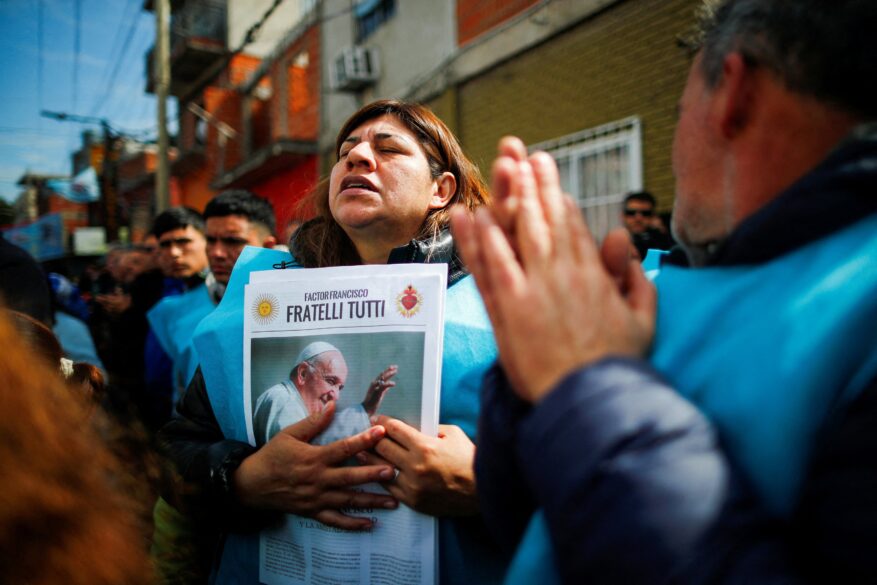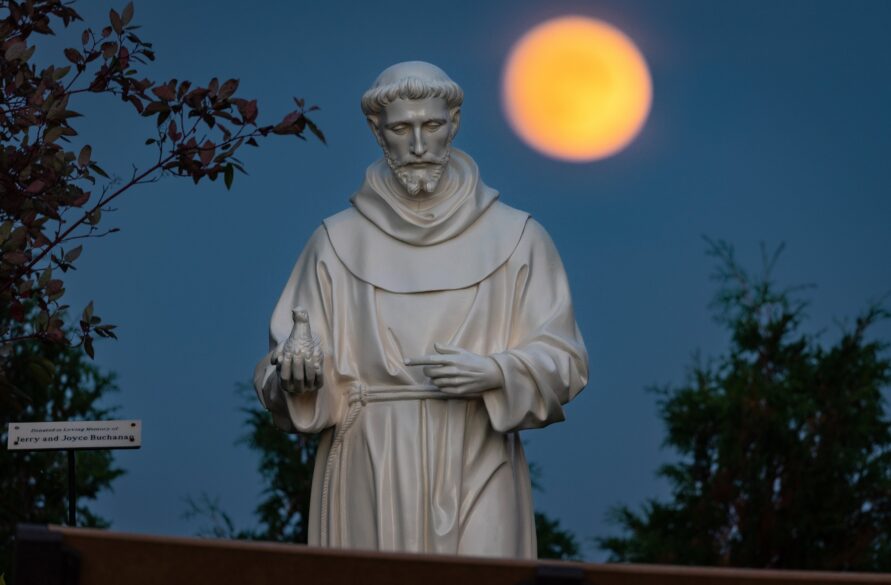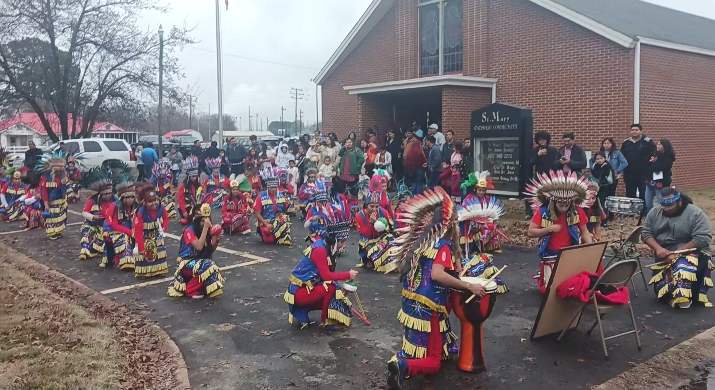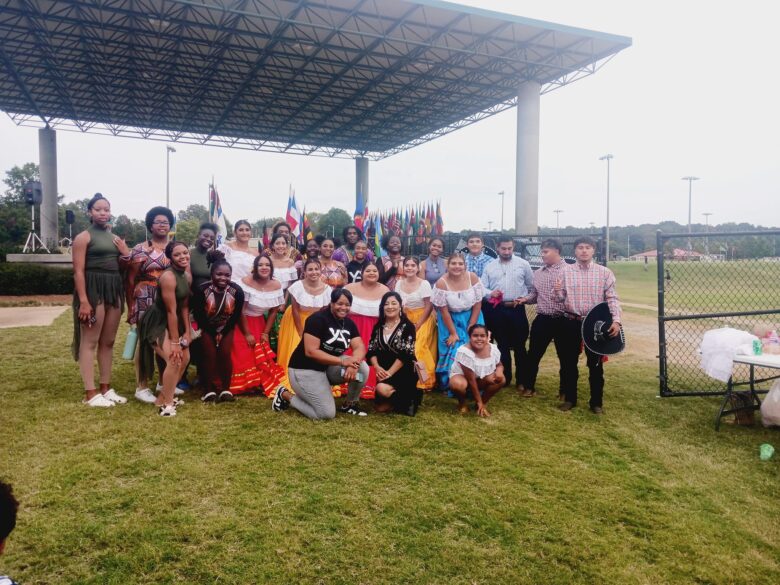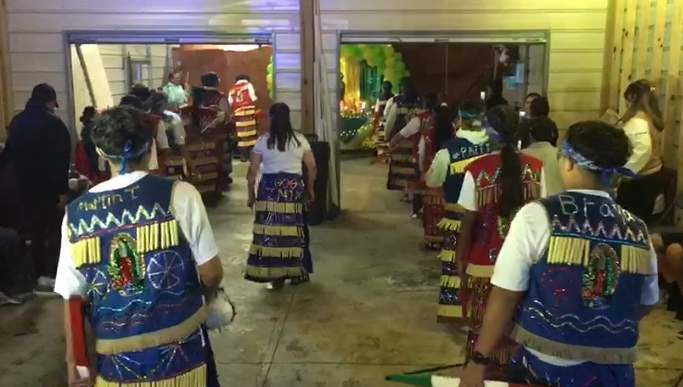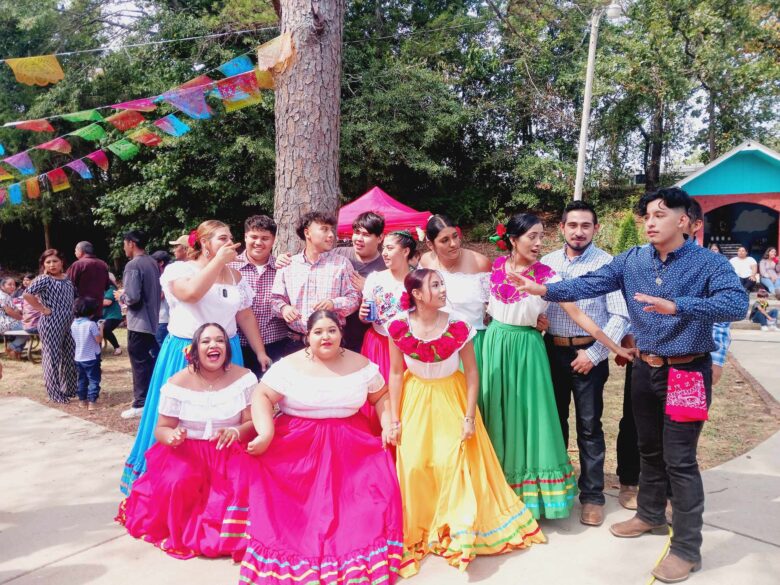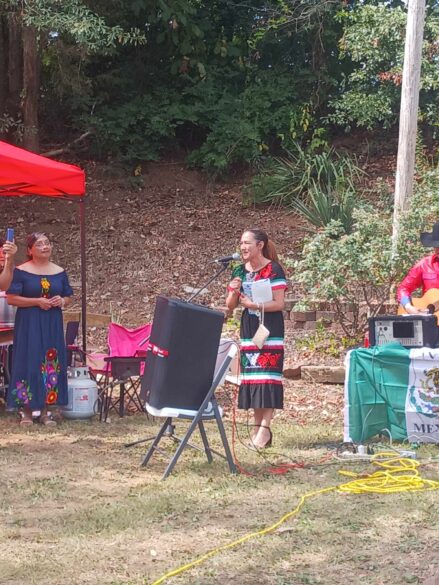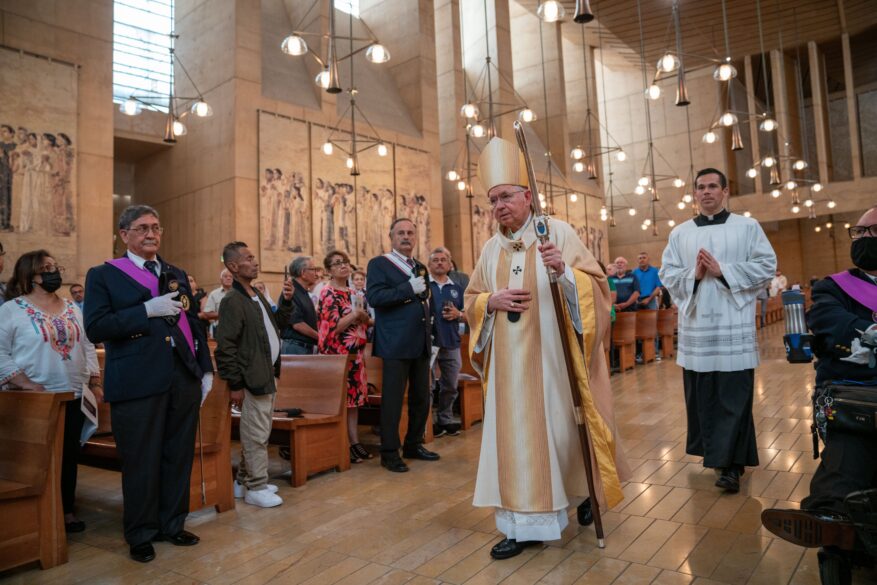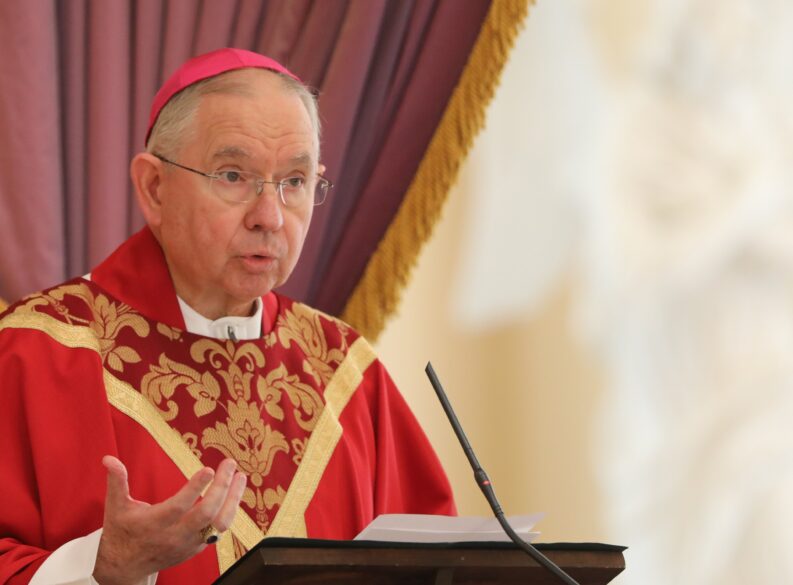EN EL EXILIO
Por Ron Rolheiser
Un amigo mío comparte esta historia. El era hijo unico. Cuando tenía veintitantos años, todavía soltero, construyendo una carrera exitosa y viviendo en la misma ciudad que su madre y su padre, su padre murió, dejando a su madre viuda.

Su madre, que había centrado su vida en su familia y en su hijo, quedó comprensiblemente devastada. Gran parte de su mundo se derrumbó, había perdido a su marido, pero todavía tenía a su hijo.
Los años siguientes no siempre fueron fáciles para su hijo. Su madre había perdido gran parte de su mundo, salvo él, y él sentía una gran responsabilidad hacia ella. Vivía para sus visitas. Sus días libres y sus vacaciones debían pasarlos con ella.
Por mucho que amaba a su madre, era una carga que le impedía tener la vida social y la libertad relacional que anhelaba, y le impedía tomar algunas decisiones profesionales que de otro modo habría tomado. Tenía que cuidar a su madre, estar ahí para ella. Como se puede adivinar, sus momentos juntos fueron a veces una prueba de lealtad y deber para el hijo.
Pero lo hizo fielmente, año tras año. No había nadie más en quien su madre pudiera apoyarse.
Cuando la salud de su madre empezó a empeorar, vendió su casa y se mudó a un complejo para personas mayores. La mayoría de las veces, en su día libre, recogía a su madre, la llevaba a dar una vuelta por el campo y luego la llevaba a cenar antes de dejarla de regreso en su mini apartamento.
Un día, en una de esas excursiones, conduciendo en silencio por un camino rural, su madre rompió el silencio con palabras que lo sorprendieron y, por primera vez en mucho tiempo, captaron toda su atención. Ella compartió palabras en este sentido: Algo enorme ha sucedido en mi vida.

He renunciado al miedo. Toda mi vida he tenido miedo de todo: de no estar a la altura, de no ser lo suficientemente bueno, de aburrirme, de ser excluido, de estar solo, de terminar solo, de quedarme sin dinero ni un lugar donde vivir. de gente hablando de mí a mis espaldas. He tenido miedo de mi propia sombra. Bueno, he renunciado al miedo.
¿Y por qué no? Lo he perdido todo: mi marido, mi lugar en la sociedad, mi hogar, mi apariencia física, mi salud, mis dientes y mi dignidad. Ya no tengo nada que perder, ¿y sabes algo? ¡Es bueno! Ya no tengo miedo de nada. Me siento libre como nunca antes me había sentido. He renunciado al miedo.
Por primera vez en mucho tiempo, empezó a escuchar atentamente lo que decía su madre. También sintió algo nuevo en ella, una nueva fuerza y una sabiduría más profunda de la que deseaba beber.
La siguiente vez que la llevó a dar una vuelta, le dijo: Mamá, enséñame eso. Enséñame a no tener miedo.
Ella vivió dos años más y durante esos años él la llevaba a dar paseos por el campo y a almorzar y cenar juntos, y extraía algo de ella, de esa nueva fuerza en ella, que antes no había podido extraer. Cuando ella finalmente murió y él perdió su presencia terrenal, solo pudo describir lo que ella le había dado en esos últimos años usando términos bíblicos: “Mi madre me dio a luz dos veces, una desde abajo y otra desde arriba”.
No es fácil renunciar al miedo ni enseñar a otros cómo hacerlo. El miedo se apodera de nosotros porque durante la mayor parte de nuestras vidas tenemos mucho que perder. Por lo tanto, es difícil, comprensiblemente, no vivir con mucho miedo durante la mayor parte de nuestras vidas.
Además, no se trata de ser maduro o inmaduro, espiritual o terrenal. De hecho, a veces, cuanto más maduros y espirituales somos, más apreciamos el valor de la vida, de la salud, de la familia, de la amistad, de la comunidad, todo lo cual tiene su propia fragilidad y todo lo que podemos perder.
Hay buenas razones para tener miedo.
No es casualidad que la madre de este hombre fuera capaz de superar el miedo sólo después de haber perdido casi todo en la vida.

Dios y la naturaleza lo reconocen y lo han escrito en el proceso de envejecimiento. El proceso de envejecimiento está calibrado para llevarnos a un lugar donde podamos renunciar al miedo porque a medida que envejecemos y perdemos cada vez más nuestra salud, nuestra importancia en el mundo, nuestro atractivo físico, nuestros seres queridos hasta la muerte y nuestra dignidad.
Cada vez tenemos menos que perder y cada vez menos que temer.
Este es uno de los últimos regalos que nos da la naturaleza, y vivir de manera que otros vean esta nueva libertad en nosotros también puede ser uno de los últimos grandes regalos que dejamos a quienes amamos.
(El padre oblato Ron Rolheiser es teólogo, maestro y autor galardonado. Se le puede contactar a través de su sitio web www.ronrolheiser.com. Facebook/ronrolheiser)


